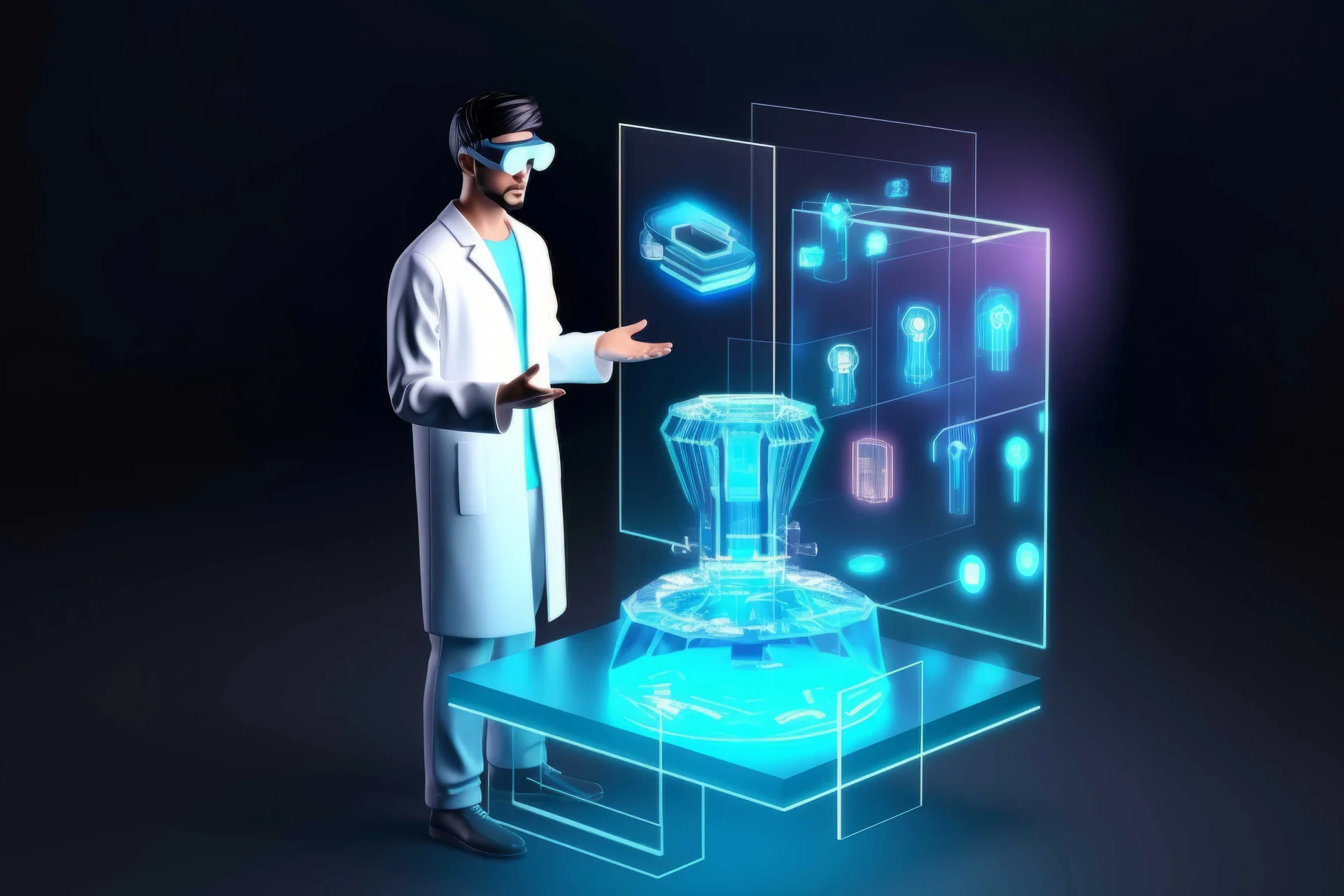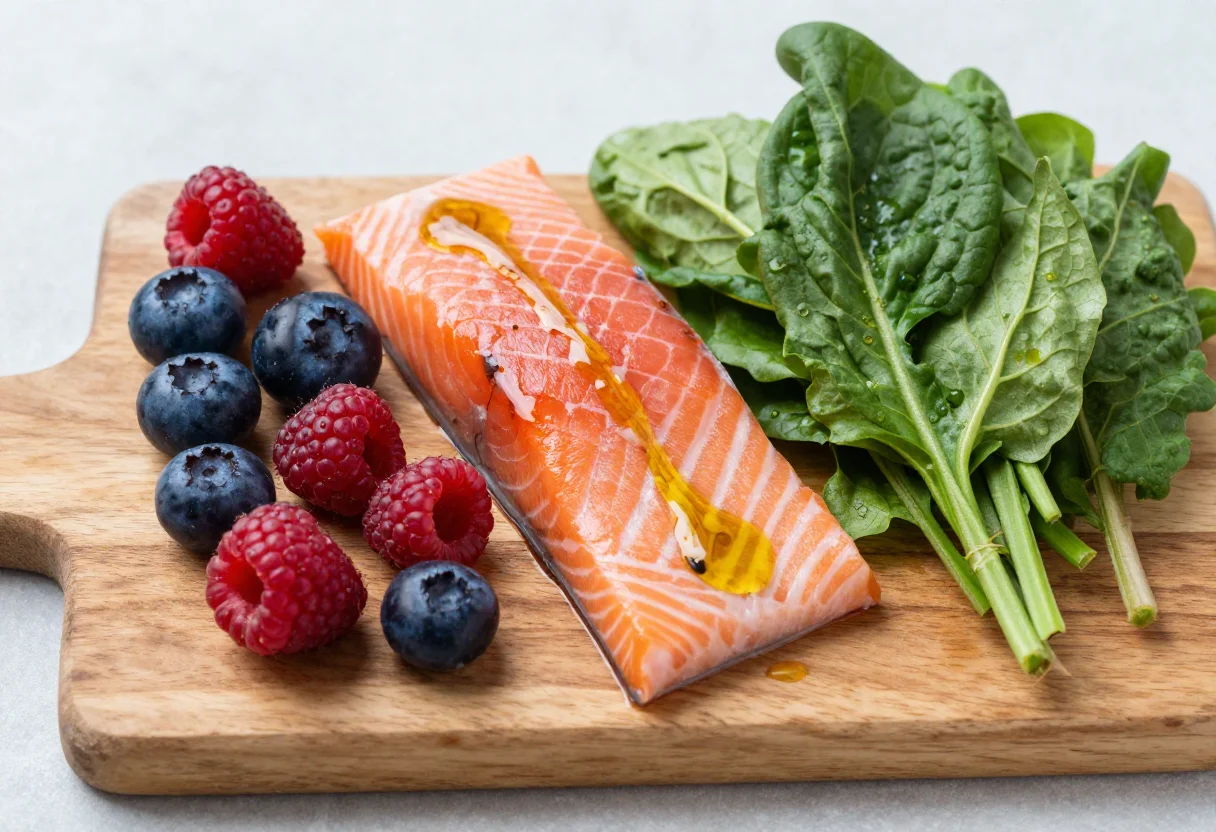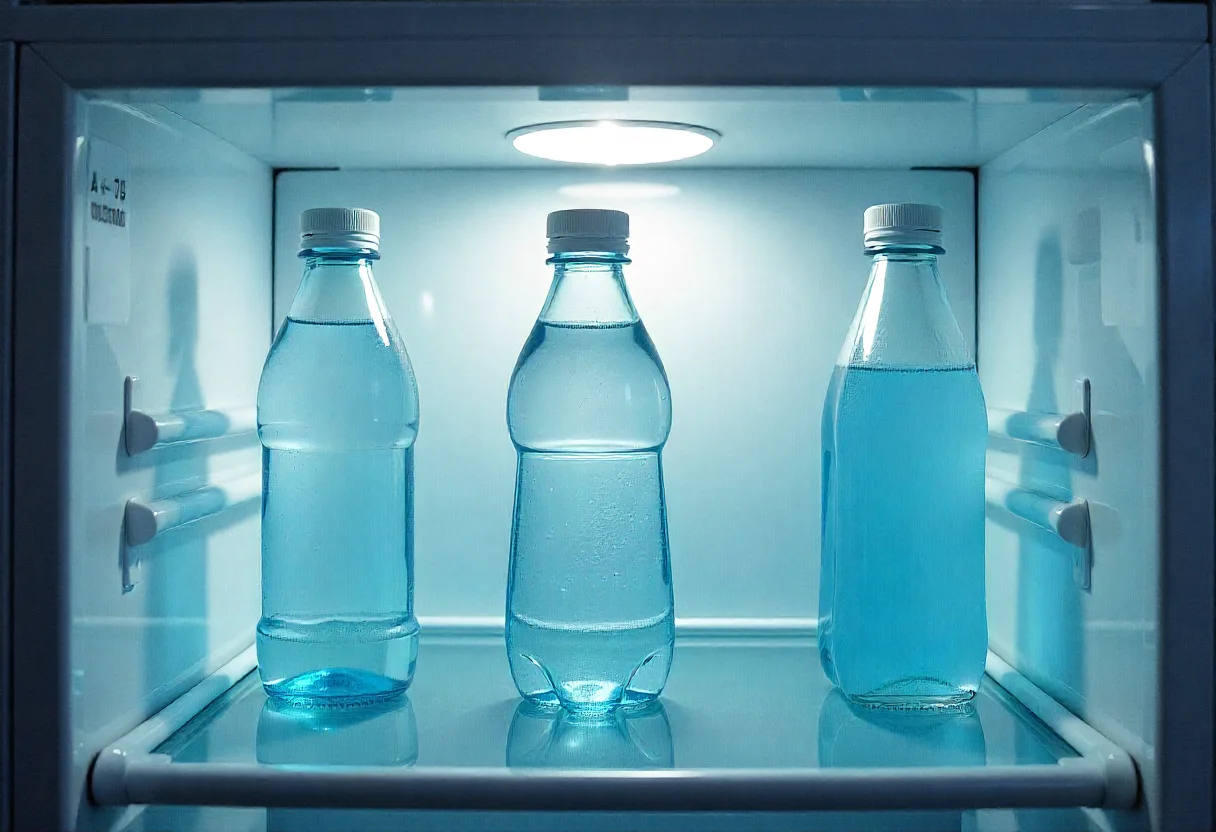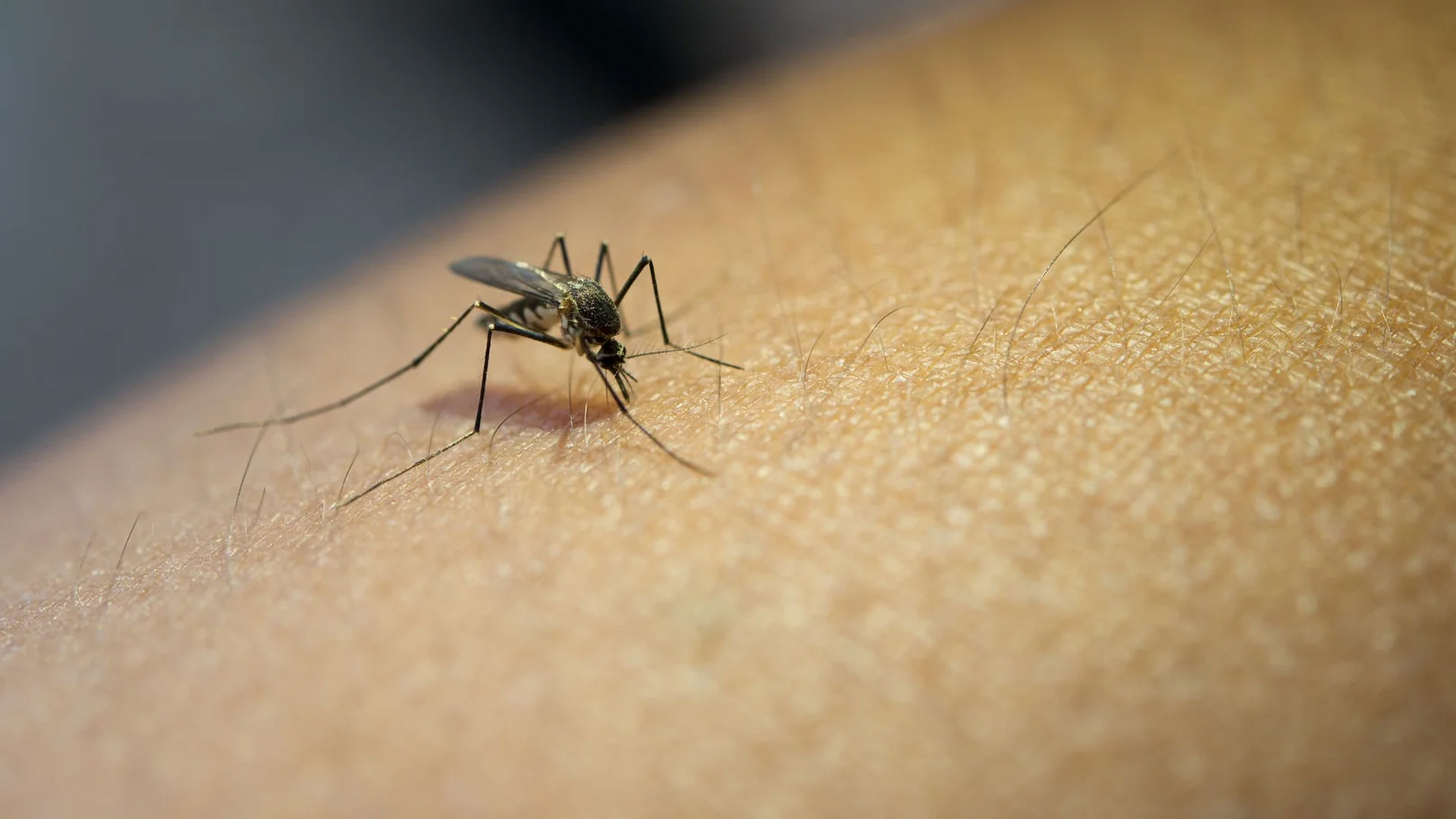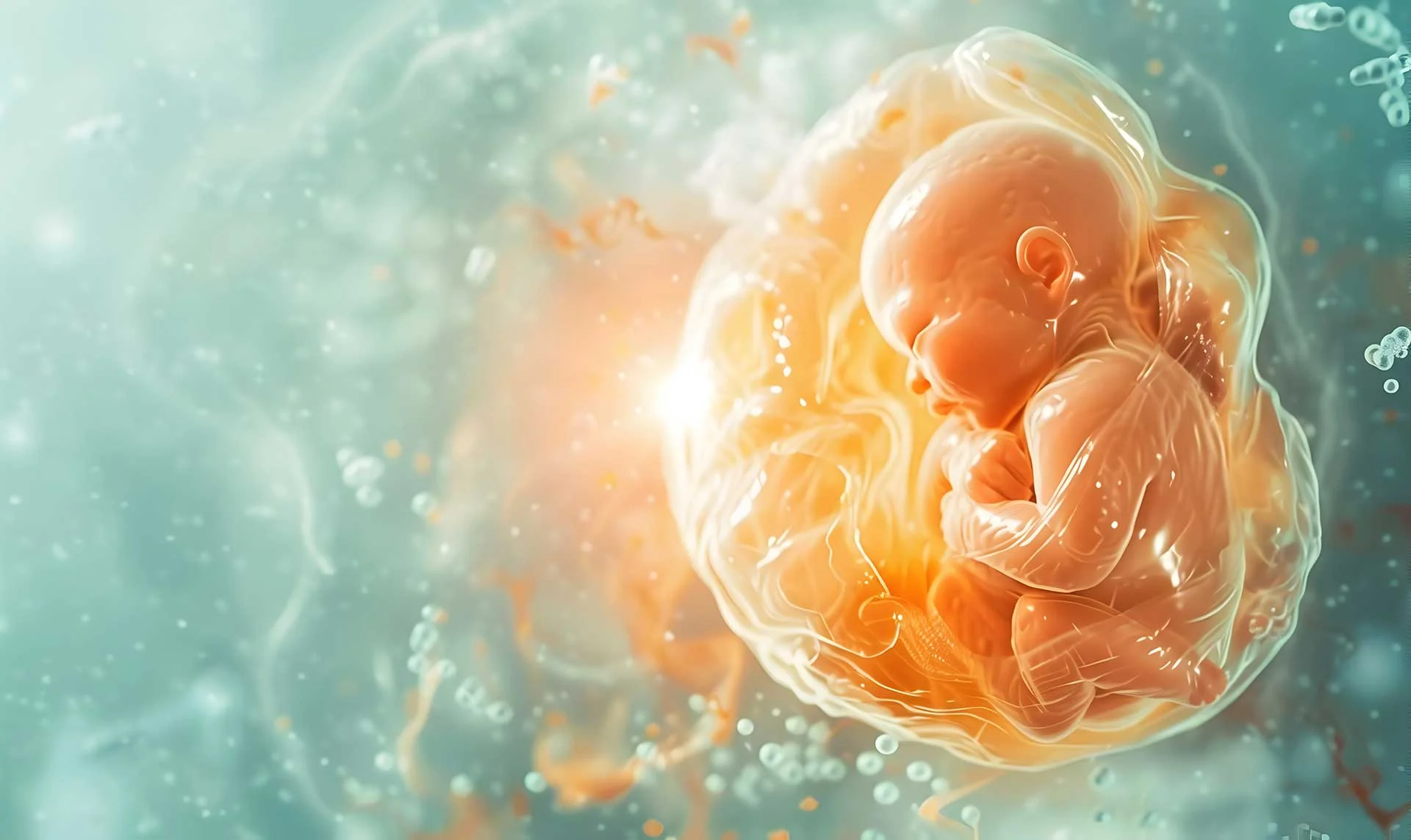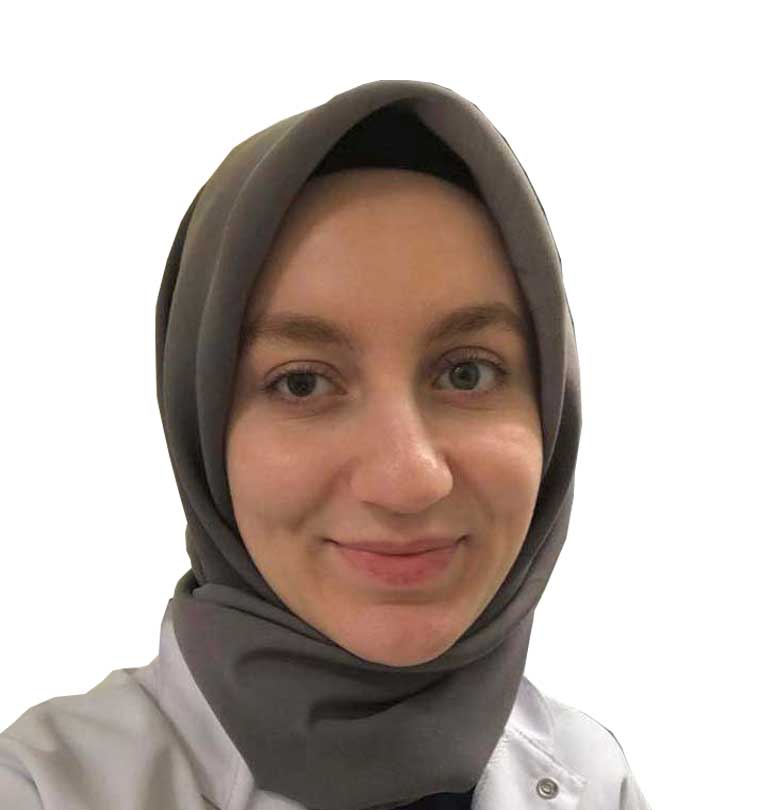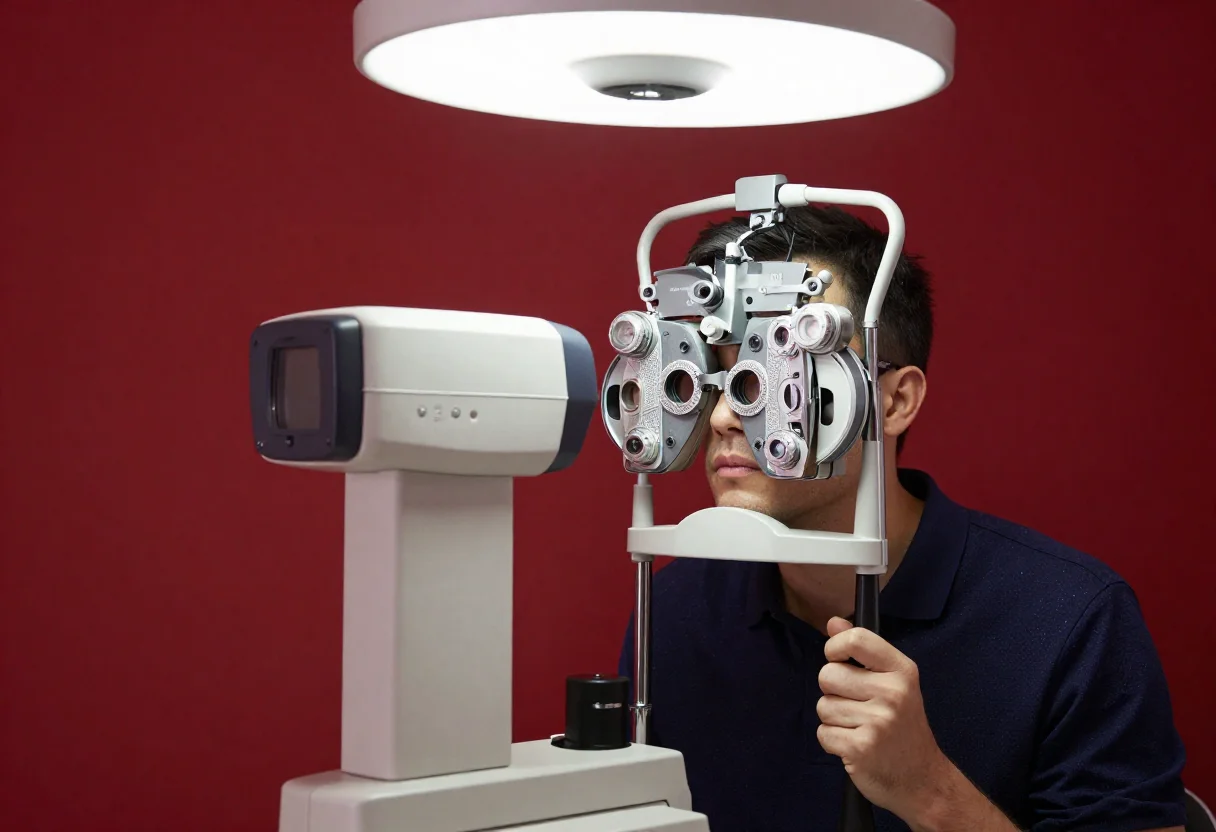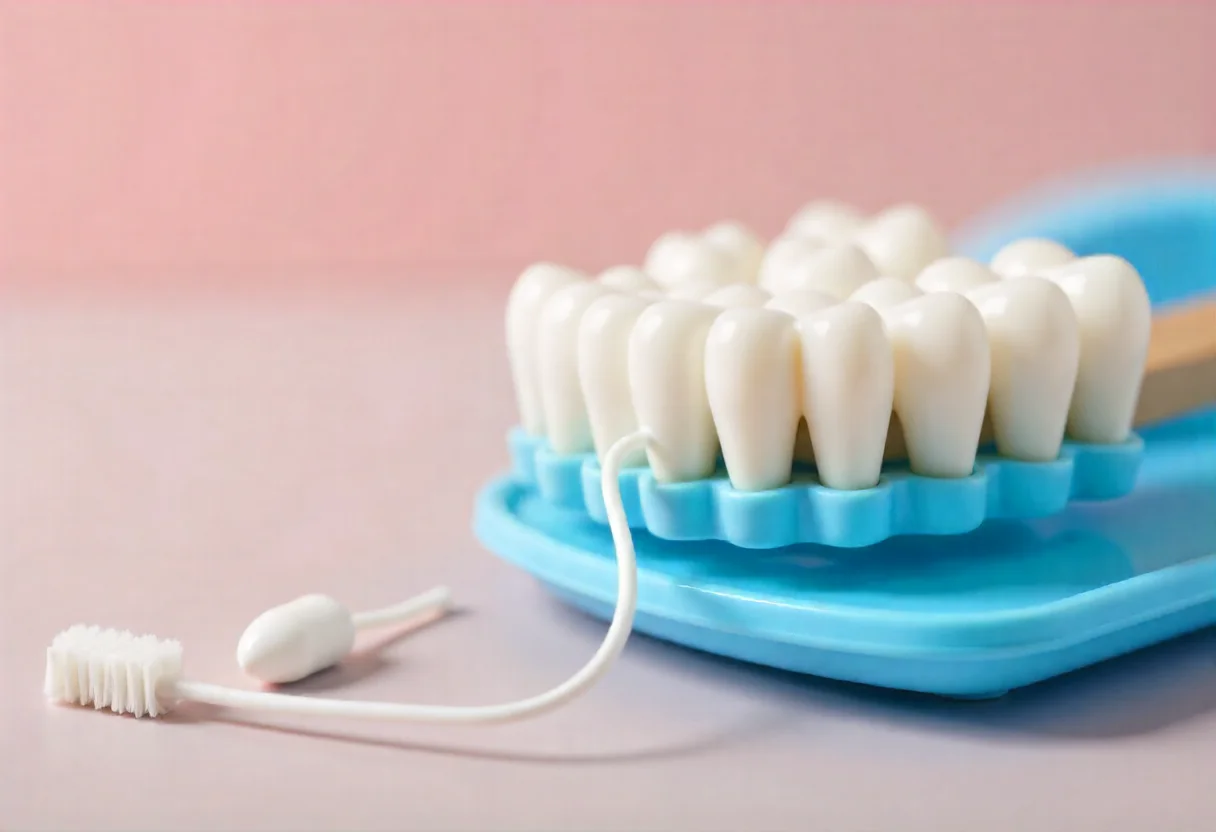3D bioprinting is used in many fields such as tissue engineering, regenerative medicine, organ and drug printing, toxicology screening, clinical transplantation, high-throughput testing, and cancer research.
Organ and tissue regeneration: 3D bioprinting enables living organs and tissues produced outside the body to be used to replace diseased or damaged tissues. This could offer a promising solution for patients waiting for organ transplantation.
Drug testing and development: 3D bioprinting can be used in the development of in vitro tissue/organ models for drug screening, to study the effects of drugs and accelerate drug development processes. Testing drugs on human tissues can help identify more effective and safer drugs.
Drug delivery systems: 3D printed drug delivery systems have advantages such as the ability to design customized drug products with high flexibility to choose the form, döşe, and size of the dosage form to provide individual patient requirements.
Dental applications: Personalized 3D printing solutions can be developed for dental implants, dentures, and other dental applications.
Ear, nose, and throat (ENT) practices: 3D bioprinting can be used for ENT applications such as personalized ear and nose prostheses, cartilage tissue regeneration, and hearing aids.
Skin regeneration: 3D bioprinting can be used as a treatment for burns, ulcers, or other skin lesions. This could involve the production of personalized skin tissues using the patient's cells.
Cardiovascular applications: 3D bioprinting can be used to reconstruct heart valves, vessels, and other cardiovascular structures. This could offer innovative solutions for treating conditions such as heart disease.
Medical training: 3D bioprinting can be used in surgical training and anatomical model production. Realistic simulation of tissues can improve the training and planning of surgical interventions.
